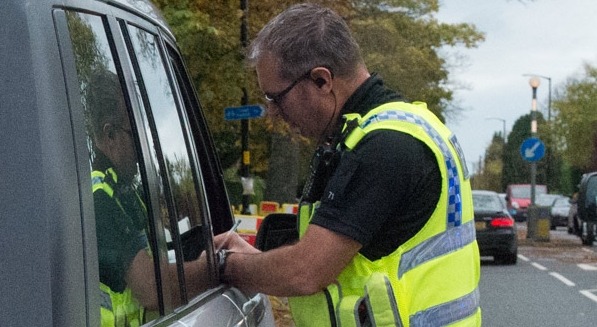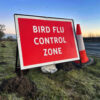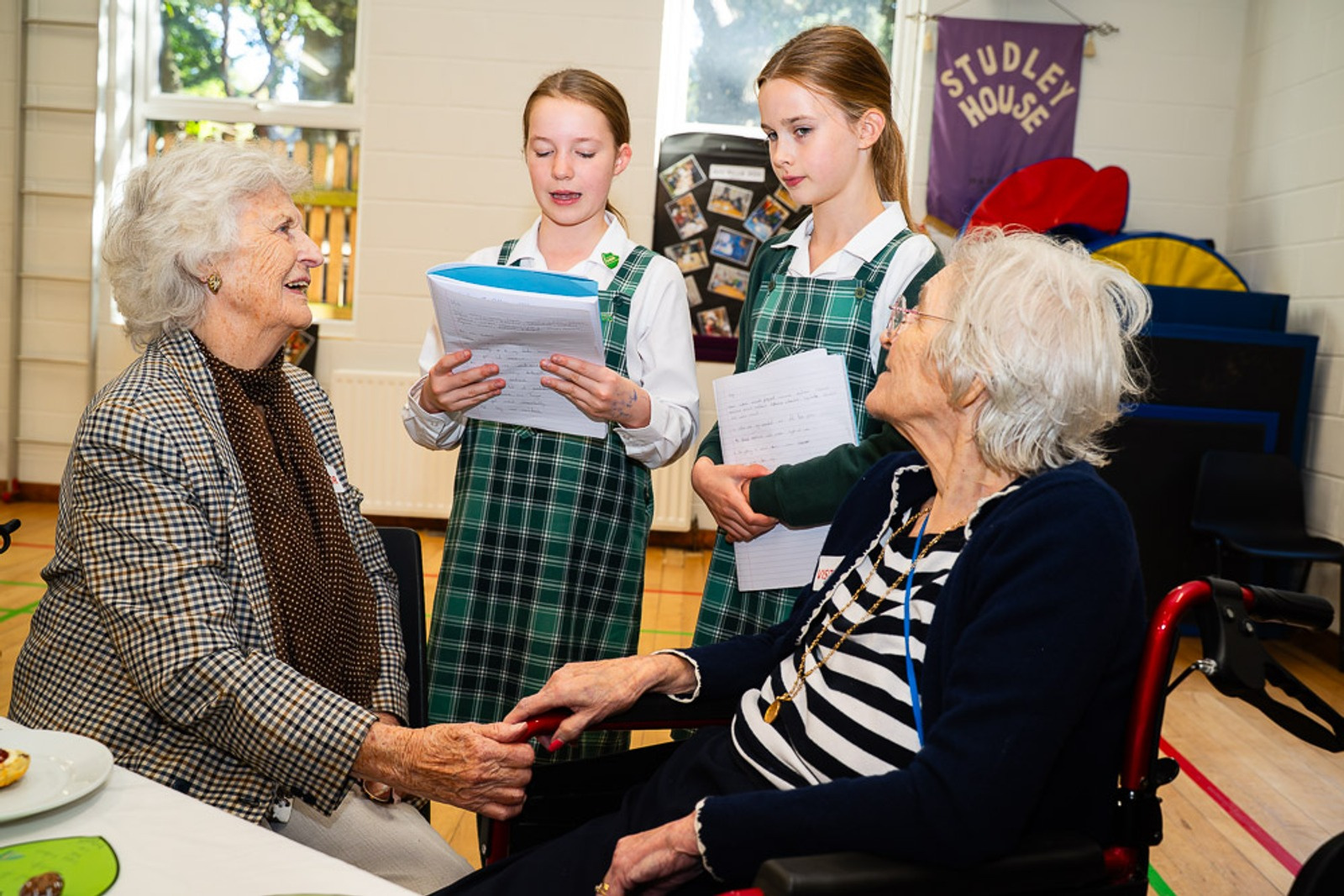Harrogate-News recently joined Steve Gardner, a Traffic Constable with the North Yorkshire Police, to look at the issue of mobile use while driving.
Traffic Officers have a range of vehicles available to them from including 4×4 Landrover Discovery and Audi estates. We were in a marked diesel 3-litre Audi A6 Estate capable of 0 to 60mph in just over 5 seconds with a top speed of 155mph.
We headed down to the Leeds road in Harrogate, parking just off the main road on a side street. Finding people using a phone while driving is relatively simple matter of looking at the cars as they passed.
22% of crashes could be caused in part by driver distraction
First there was the matter of dealing with a vehicle turning right on to the Leeds road, with a no right turn sign clearly in front of him. A ticket and £50 fine later to the driver, who was still very bemused about what he had done, and we were back in position on the side street waiting for mobile phone users.
TC Steve Gardner said: The law says that it’s illegal to use a phone while driving – that means holding a phone while driving, but the reality is for a successful prosecution we need to see evidence of the phone being used at the time. That means a phone held to an ear or sight of fingers texting on the phone.
A few minutes later a van drives past with the driver holding a phone over the wheel. He is looking down at his phone and his fingers are moving. It’s on with the blue light and we pull parallel with him. Steve gestures to him to pull in. The fine has recently been increased to £100 with a three point penalty to the drivers licence.
Drivers who perform a secondary task at the wheel are two to three times as likely to crash
The driver has the option to surrender their licence to a police station. If they take the decision to not accept the fine then it converts to an automatic summons to court where the maximum penalty rises to £1,000 and the courts have the power to hand out a ban.
The van driver is argumentative with the officer and says that he wasn’t using his phone. Steve manages him in firm but courteous manner. The driver takes the ticket and departs saying see you in court.
Back to the side street it isn’t long before another driver comes past, this time with his phone clearly to his ear. Blue light back on the Officer pulls the vehicle parallel with him while the driver continues his call, although now looking somewhat confused why there is a police car next to him with a blue flashing light on.
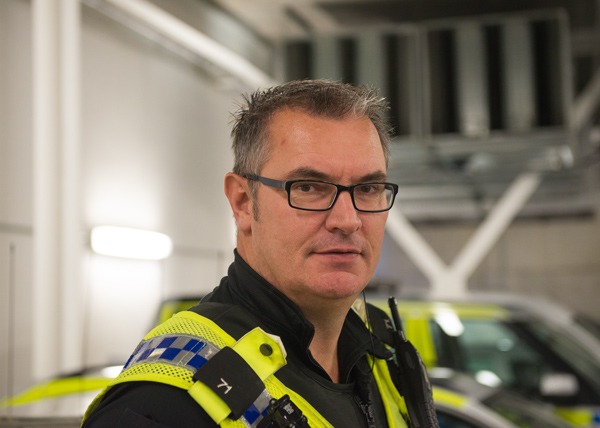
Another ticket handed out, although this time taken in good grace. The driver also has a passenger next to him, something that Steve reminds him of and that he could have taken the call. Back to the same side street, that I am now becoming familiar with, for some more watching and waiting.
A while later and then something a little unbelievable – a driver with an open laptop at his wheel. Even for a seasoned officer such as Steve, this was a unusual. No surprise that he was pulled over and a £100 ticket issued.
But what can be concluded from this ?
The three drivers who were stopped were all driving vans. Vans were not specifically targeted on the day – it just happened that way. The embarrassment factor having media present was noticeable, but whether they felt they were doing something dangerous is not so clear – I suspect not.
People are also placed under pressure to make calls while driving, probably as a way to make better use of an employees time. Parcel delivery and others that make home calls often work on tight timescales, with the temptation to use a hand-held device being high.
When driving with a mobile next to you, it is all too easy to it attention when you really shouldn’t, indeed there is strong argument for putting the phone well out of reach while driving.
The Facts
Studies have shown that drivers who perform a secondary task at the wheel are two to three times as likely to crash. Research has found it’s common for drivers to put themselves and others in danger by talking on a hand-held or hands-free phone, texting or using social media, eating, drinking, or fiddling around with their sat-nav, stereo or other technology – research shows drivers are not able to correctly estimate the level of distraction they are suffering.
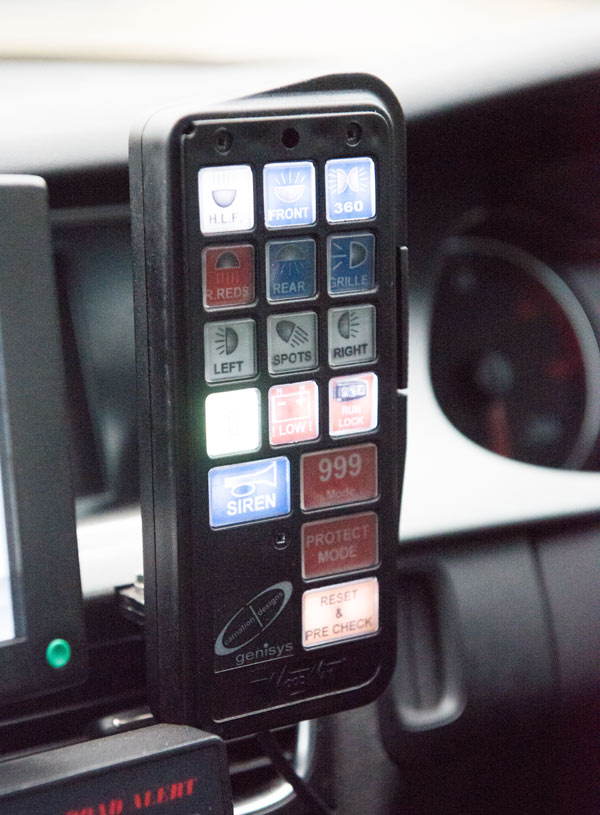 Many drivers are still unaware that talking on a hands-free kit is distracting from driving as they believe it’s holding the phone that is a distraction rather than the call itself. Research shows the call is the main distraction, and hands-free calls cause almost the same level of risk . Drivers using phones have slowed reaction times and difficulty controlling speed and lane position. Tests have found drivers speaking on phones are four times more likely to be in a crash that causes injury, whether on a hands-free or hand-held phone.
Many drivers are still unaware that talking on a hands-free kit is distracting from driving as they believe it’s holding the phone that is a distraction rather than the call itself. Research shows the call is the main distraction, and hands-free calls cause almost the same level of risk . Drivers using phones have slowed reaction times and difficulty controlling speed and lane position. Tests have found drivers speaking on phones are four times more likely to be in a crash that causes injury, whether on a hands-free or hand-held phone.
Their crash risk remains higher than normal for up to 10-minutes after the call has ended. The effect of talking on a phone on driving has been shown to be worse than drinking certain levels of alcohol. Driver reaction times have been found to be 30% slower while using a hands-free phone than driving with a blood alcohol level of 80 mg alcohol per 100ml blood (the current UK limit) and nearly 50% slower than driving under normal conditions.
Many people have questioned whether it is rational to ban hand-held phones when it is impossible to ban conversations with passengers. However, research comparing drivers on phones and drivers with chatty passengers found drivers on phones had much longer reaction times and worse speed control.
Drivers with chatty passengers performed nearly as safely as drivers studied with silent passengers. However, it is also sensible for drivers not to engage in detailed or stressful conversations or, worse, arguments with passengers. Reading and writing messages while driving is even more impairing as it takes your mind, hands and eyes off the road.
Texting isn’t just about SMS messages. It can involve responding to emails, social networking, inputting navigational data or using other applications. Texting drivers have 35% slower reaction times and poor lane control.
Research into the impact of sending or receiving text messages in young drivers found the amount of time drivers spent with their eyes off the road increased four-fold. They made 28% more lane excursions and 140% more incorrect lane changes . In a large-scale study of commercial drivers, which monitored the impact of them texting at the wheel, their crash risk increased to 23 times that of a driver paying full attention.

